Consumer Buying Habits
This past crop year (September 2000-August 2001) was a relatively good year for garden centers. Consumers spent 10 percent more on floral purchases at these locations than they did in the year prior. That lift in spending was supported by an increase in the number of purchase occasions made — not from customers paying more for their purchases (see Figure 1, below).
These gains were stronger than those noted for the entire floral industry, and as a result, the share of consumer spending for floral products accounted for by garden centers moved from 20 to 21 percent, and their share increased from 15 to 16 percent of all floral purchase occasions. Expressed another way, garden centers command one of every five dollars spent on floral products and one of every six floral purchase occasions (see Figure 2, left).
Purchase Characteristics
The dollar return to the retailer on each floral product purchase occasion made at garden centers ranks as the third largest among the major channels of distribution (see Figure 3, below).
When making floral purchases at garden centers and home centers, customers tend to buy two different products at each store trip. This is unlike the pattern at florist shops and supermarkets, where the customer is more likely to buy just one type of product at a time (see Figure 4, page 16).
Product Mix
Nearly eight of every 10 floral transactions in garden centers are for bedding plants. Further, it was increased buying of bedding plants at garden centers that supported their stronger position in the market this crop year (see Figure 5, page 16).
As a result, the share accounted for by garden centers of all bedding plant purchases made this year increased two points. Discount chains also fared well with bedding plants. In contrast, supermarkets, home centers and the group of other specified outlets lost standing in the bedding plant market (see Figure 6, page 16).
Customer Purchase Behavior
Consistent with the product segment being purchased at garden centers (bedding plants), customers report that the large majority of their transactions at these outlets are intended for themselves. Gift-intended purchasing accounts for only one in every six garden center transactions. Viewed against the opportunity offered by self and gift buying, garden centers account for 25 percent of all floral purchases for self but only 10 percent of those intended as gifts (see Figure 7, below).
The primary reasons customers provided for making their floral purchases at garden centers are product quality and selection. Compared to the last crop year, product quality, convenience and price prompted more of the purchases while selection slipped as a reason for choosing a garden center (see Figure 8, page 17).
Purchases made at garden centers are not as likely to be made on impulse as are floral purchases made at other types of outlets (see Figure 9, page 17). A high three of every four transactions are planned ahead of time. Still, buying on impulse did contribute to the lift in buying at garden centers this past year, as it did for supermarkets. Perhaps attention to display areas or emphasis on suggestive selling assisted this trend.
Who is attracted to garden centers?
Over half of all floral transactions made at garden centers are made by customers aged 50 years or older, influenced in part by the dependence on bedding plant buying. The age of customers buying potted plants at garden centers tends to be younger than the bedding plant buyer (see Figure 10, page 17).
However, it’s also true that home centers and discount chains reach a somewhat younger bedding plant buyer than garden centers (see Figure 11, below). Differences could stem from their lower pricing and the younger age of the customer in those outlets buying other products.
Garden centers reach a somewhat more affluent customer than does the floral market overall (see Figure 12, page 18), which is again reflective of the bedding plant buyer.
Seasonal and regional influences
While garden centers capture over one third of the consumer outdoor/bedding plant business, their share of this market varies over the course of the year. The share standing is highest in the spring and summer and lowest in the winter quarter. Home improvement centers/hardware stores capture their highest share of bedding plant transactions when garden centers’ transactions are lowest — in the winter quarter (see Figure 13, page 18).
Clearly, this reflects the difference in unit location of these two outlet types. Garden centers are most developed (transactions per available household) in the Northeast and East North Central regions of the United States — where winters and some store closures remove the opportunity for bedding plant buying. Unit location of home centers is concentrated in the Pacific and South Atlantic regions of the United States — where temperatures allow for planting year-round (see Figure 14, below).
Garden center competition
Garden center customers satisfy 61 percent of their bedding plant needs at garden centers (see Figure 15, above). When there is additional product to be purchased, they will purchase it at home centers and discount chains. When they aren’t buying their flowering plants at garden centers, they choose to purchase them at supermarkets. The preference for supermarkets as an alternative is also seen in consumers’ fresh cut flower buying. Supermarkets satisfy over 40 percent of garden center customers’ fresh cut flower needs, while florist shops satisfy a lower 30 percent. When it comes to buying foliage plants, garden centers obtain 43 percent of their customers’ transactions. These customers use a variety of places to meet the balance of their needs (home centers, discount chains and supermarkets).
In Summary
Garden centers as a group have fared relatively well this last crop year. Through their outdoor/bedding plant offerings, garden centers reach households with higher incomes, who prefer garden centers because of the product quality and selection. Garden centers’ weak share in the winter quarter seems not a switch to shopping in home centers for bedding plants but rather a matter of difference in location of the stores.
Garden centers may wish to monitor the product offerings and price points of flowering plants sold in supermarkets in particular, as they are a clear competitor for this product, and monitor the unit development of home centers in their area as potential competitors for bedding plants.


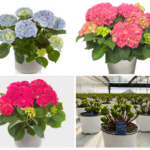



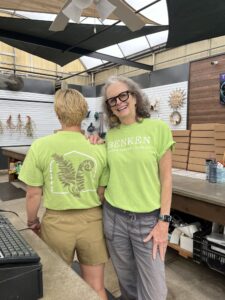
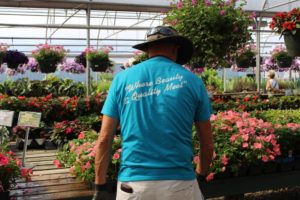
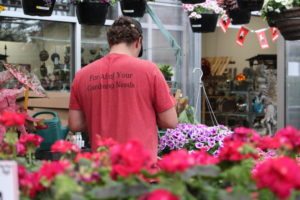
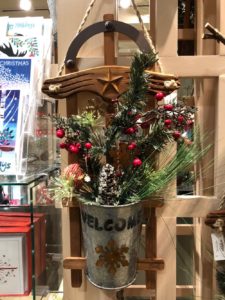
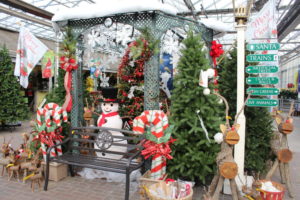
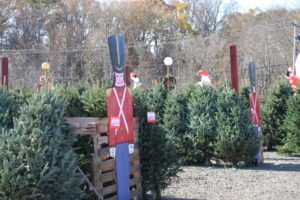
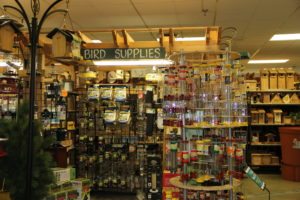

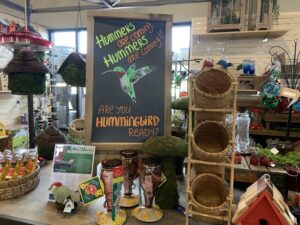
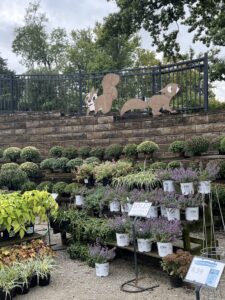
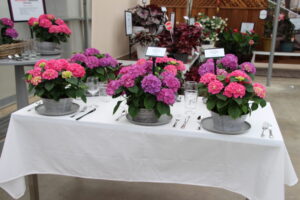
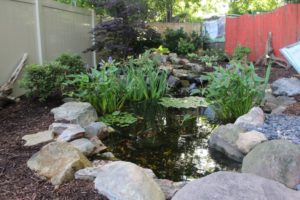
 Videos
Videos





